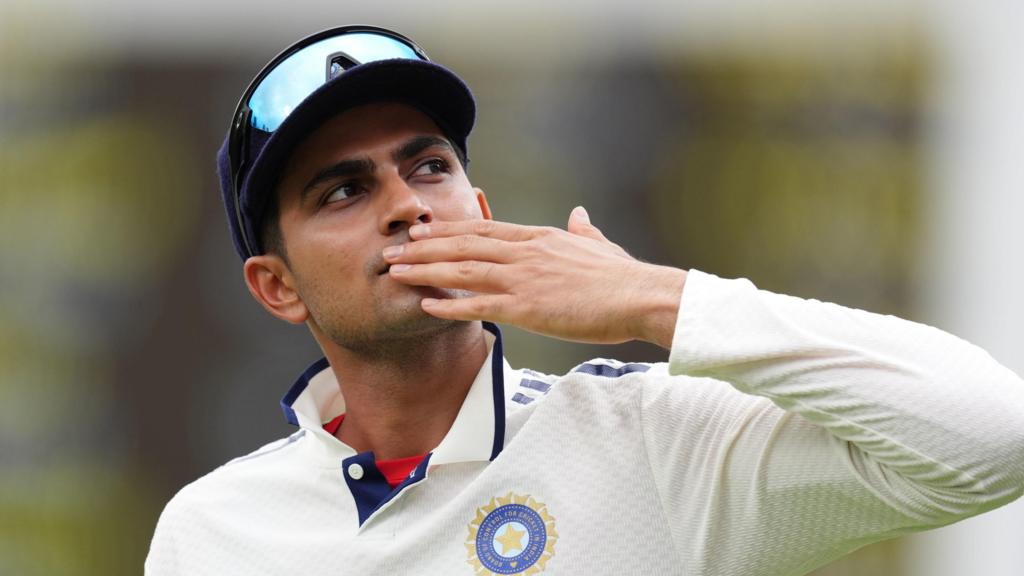The gripping 2-2 series draw between England and India for the Anderson-Tendulkar Trophy marked a dramatic commencement to the new World Test Championship cycle.
The contest proved epic, with each of the five Tests extending into the final day, and four stretching into the final session, showcasing some of the finest individual and collective performances seen in the five-day format in recent years.
The final score defied pre-series projections from former players and analysts, most of whom had anticipated a comfortable victory, if not a clean sweep, for England.
Irrespective of England’s home advantage, experts cited India’s pre-series struggles as justification for their predictions – and with considerable reason.
Following a 0-3 whitewash at home by New Zealand, succeeded by a 3-1 defeat to Australia, India appeared vulnerable and unsteady.
A series of sudden retirements and fitness concerns deprived India of four key players: R Ashwin, Rohit Sharma, Virat Kohli, and Mohammed Shami. Their absence was expected to place considerable pressure on the young Shubman Gill, who was leading the side in his first series as captain.
While India’s squad possessed undeniable talent, its inexperience – particularly in batting under challenging conditions – was a source of concern.
KL Rahul, Ravindra Jadeja, and Rishabh Pant were seasoned campaigners in England, but Yashasvi Jaiswal, Sai Sudarshan, Karun Nair, Washington Sundar, and Abhimanyu Easwaran had never before competed at this level on English soil.
Gill’s modest overseas batting record further fueled doubts regarding his suitability for the captaincy. Added concerns about pace spearhead Jasprit Bumrah’s fitness further diminished India’s prospects.
The loss in the first Test at Headingley, despite being in a winning position with England chasing 373 in the fourth innings, seemed to confirm the analysts’ concerns.
However, India rebounded from this setback in emphatic fashion, securing a commanding 336-run victory in the subsequent Test at Edgbaston.
This swift turnaround was not a matter of luck, but the product of skill and unwavering determination – qualities that would define India’s performance throughout the remainder of the series.
The three subsequent Tests were fiercely contested, with both teams elevating their intensity and skill levels, matching each other blow for blow.
This intensity triggered frequent clashes, but also spurred unforgettable acts of resilience, with players from both sides battling fatigue and injury to keep their teams in contention.
The statistics offer insights into the factors that sustained India’s fight throughout this neck-and-neck contest.
Three Indian batsmen – Gill, Rahul, and Jadeja – surpassed 500 runs in the series, compared to England’s sole representative, Joe Root.
India registered 12 centuries, while England managed nine.
Mohammed Siraj emerged as the highest wicket-taker from either side, with 23 wickets. Akash Deep was the only bowler to claim 10 wickets in a single match.
Failures were few, and heroes were abundant, but Shubman Gill and Mohammed Siraj stood out as the pillars of India’s remarkable performance in the series.
Gill, in Bradmanesque form, amassed 754 runs, including 430 in a single Test.
He fell a mere 20 runs short of breaking Sunil Gavaskar’s record series aggregate, and trailed only Don Bradman (810) for the highest runs scored in a series by a captain.
To be mentioned alongside Bradman and Gavaskar underscores Gill’s achievement and potential. His prolific scoring garnered his team’s respect, and after a cautious start, he rapidly grew in confidence, displaying fine temperament and astute tactics in challenging situations.
Siraj, who since his debut in 2021 had largely remained in the shadows of Bumrah and Shami, emerged so spectacularly that he instantly entered cricket folklore.
Feisty and indefatigable, he bowled with unwavering heart, consistently delivering at full tilt, showing no mercy to his body, embracing the spearhead’s role in Bumrah’s absence, and inspiring his fellow pacers to give their all – earning universal awe and admiration.
Siraj’s 23 wickets came at an average of 32.43, with an economy rate of 4.02 and a strike rate of 48.43 – hardly staggering figures in isolation.
However, in India’s two victories, he proved to be the decisive force. At Edgbaston, his six wickets in the first innings (seven overall) decisively swung the match in India’s favor. At the Oval, he captured nine wickets – four in the first innings and five in the second – turning the match on its head.
The narrative of how India maintained their composure for 25 days under immense pressure – fueled by willpower, ambition, and skill – culminating in a thrilling 56-minute comeback at the Oval to secure victory and level the series, stands as one of Test cricket’s most captivating stories.
It also signaled this young Indian team’s transition from a position of apprehension and uncertainty to one of rich promise, driven by ambition and excellence.
The future appears bright.
Follow BBC News India on Instagram, YouTube, Twitter and Facebook.

